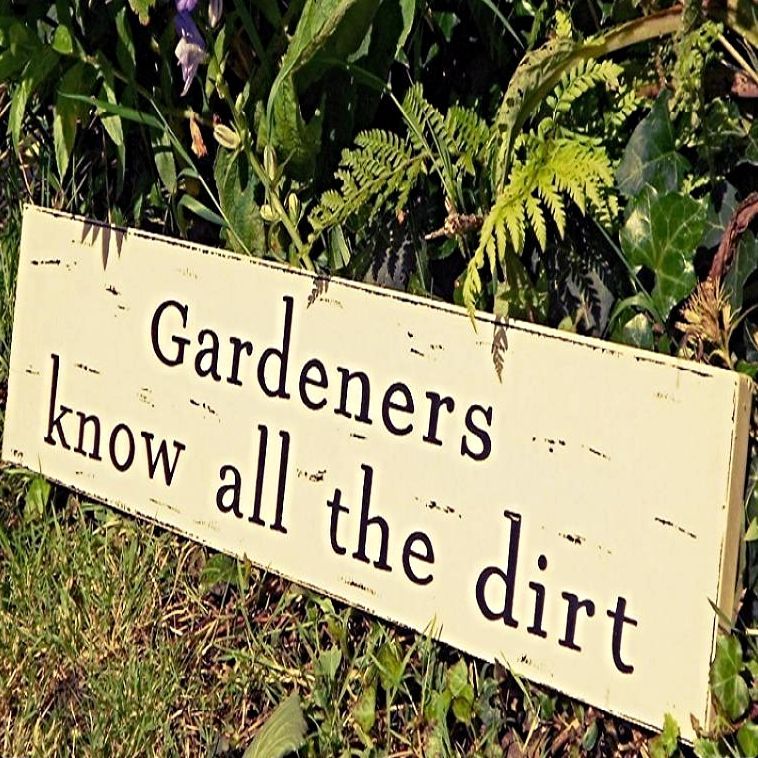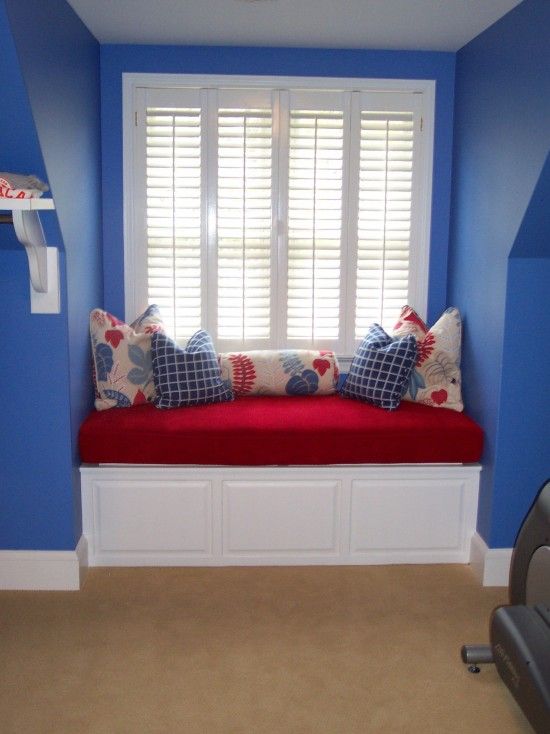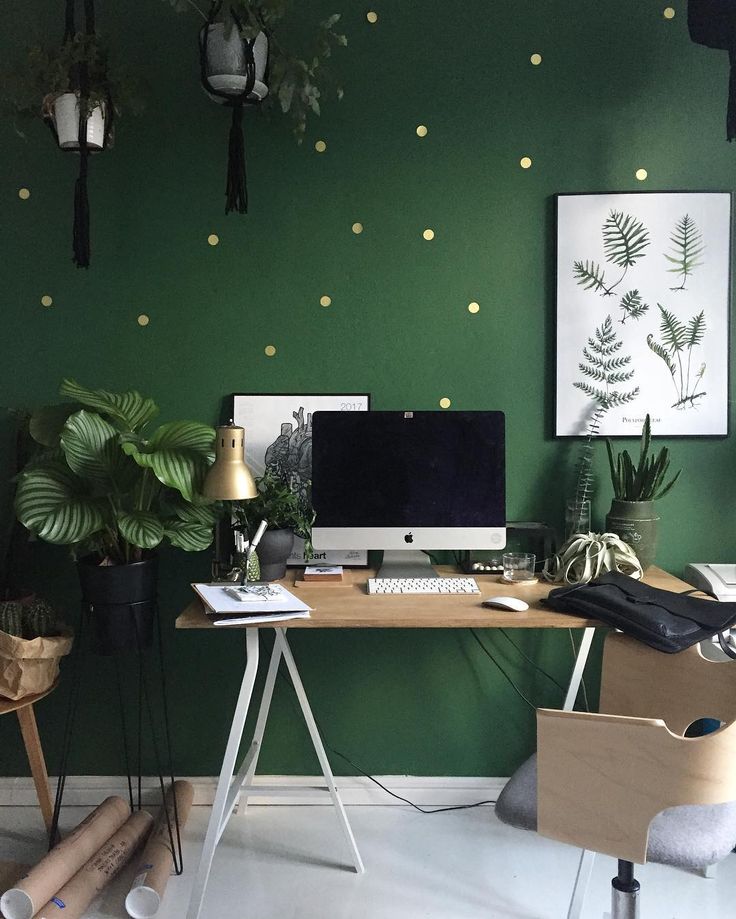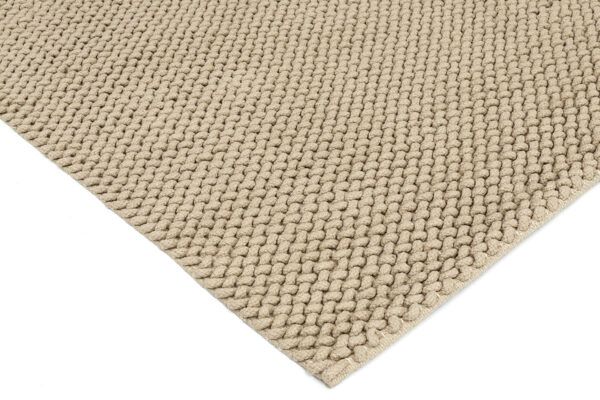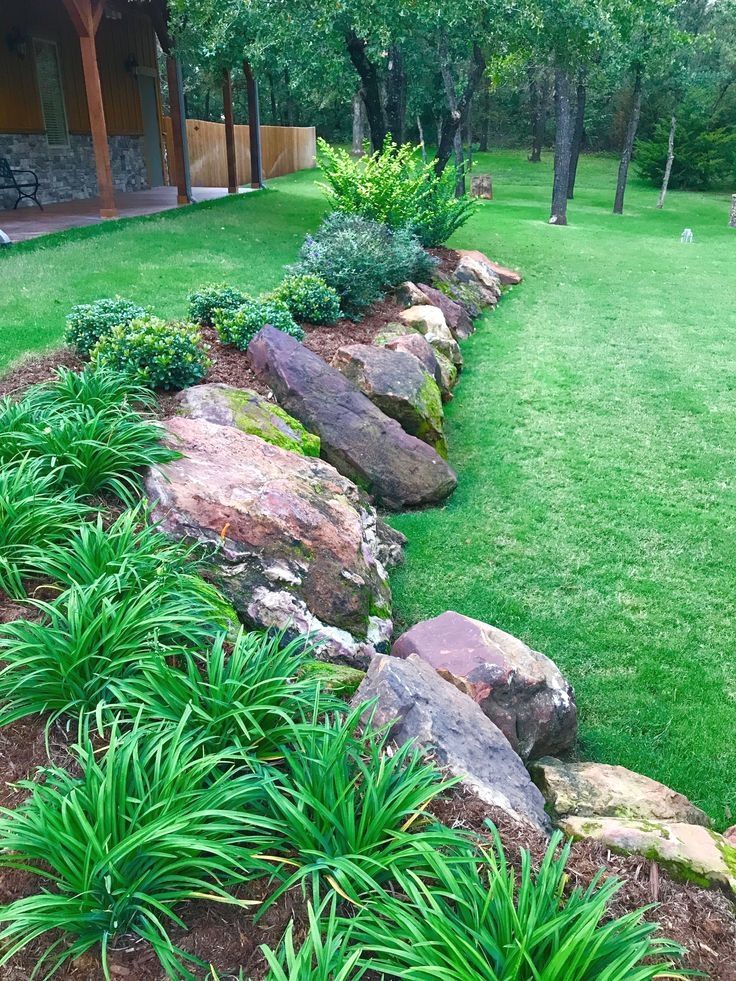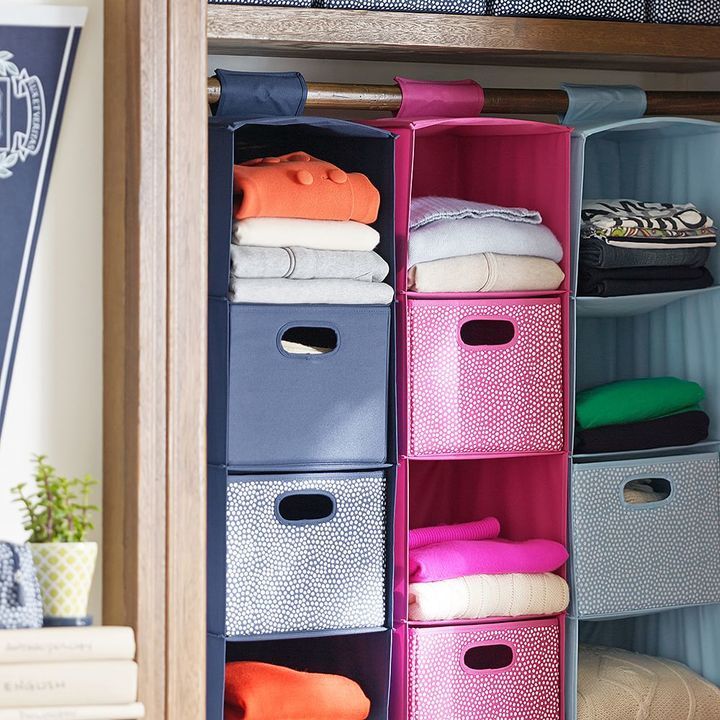Can you grow runner beans in pots
Growing runner beans in pots in pots - and get a great harvest
Runner beans are one of the most productive and pretty crops for containers – and an excellent choice for small spaces. Growing runner beans in pots is not difficult. They are one of the best crops for containers.
You can get runners with orange or white flowers. Mixing the two can look really pretty.
Here are some tips to grow an abundant crop.
1. Sowing
Sow once the threat of frost has passed (May or early June in most of the UK). Start them inside in pots on a bright window sill or outside in their final pot. Tip: sow more beans than you need in case some are eaten by slugs.
2. They like lots of water
To grow and fruit well, beans need plenty of water. Use a large pot of at least 20 litres but ideally 40 – 50 litres (4 – 10 gallons). Big pots hold more water and dry out less quickly. Or use a large container with a water reservoir (like an Earthbox). Keep well watered, particularly on hot or windy days.
3. Sun
They need about five to six hours sun or more (around half a day) to grow and fruit well. Tip: In many small spaces there is often more light higher up – see if you can place your beans to climb up into more sun as they grow.
4. Pollination
In order for the fruits to set, they need pollinating by bees – so it can be fun and beneficial to grow some insect attracting flowers nearby. Sometimes you will find that your beans will flower but not produce beans. The possible reasons for this are summarised on the RHS website. But don’t worry too much – often the problem is temporary and resolves itself with warmer weather.
Runner beans were originally grown in the UK as an ornamental – the flowers look great5. Protect from slugs
Slugs love runner bean seedlings. You can protect with small home made cloches – cut empty drink bottles in half and put one over each seedling – or start the seeds inside.
6. Support
Runners need a good tall support to climb up – like a wigwam. If you can find tall branches, they can look much prettier than canes. You could even grow two pots and make a runner bean arch, or grow them up netting. It’s a fun opportunity to be creative. You can find some excellent ideas on different supports on the Brussels Kitchen Garden website.
7. Pinch out
When the runners reach the top of the canes, pinch out the tops (this means cutting the very tip off). This will encourage the plant to send out more shoots – and beans – below.
8. Pick
Pick, pick, pick. It’s very important to keep picking running beans – as this encourages the plant to grow more. Pick the beans small for a delicious, tender treat (big beans look cool but can be rather tough to eat).
Runner beans are tastiest when small – pick them regularly to encourage them to produce more.9. Feed
To boost your crop, feed with liquid tomato food once every two or three weeks after the plant starts flowering.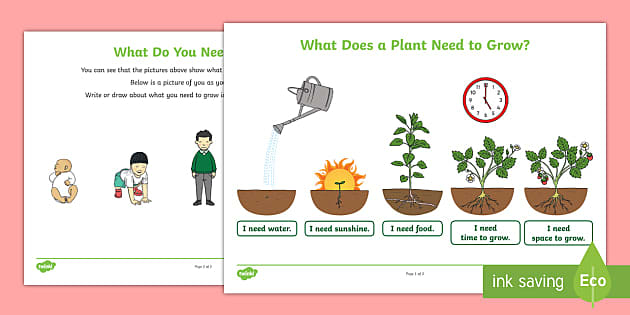
Get the family involved!
Growing runner beans in pots is also an excellent project to do with kids. The seeds are large and beautiful (you can call them magic beans!) and easy to plant. And you can have fun making wigwams or other climbing structure together.
Harvesting runners from the balcony – accessing them via a ladder on the neighbours balcony! Over 5kgs of runners came of this one container (60cm x 60cm)These tips were first published for The Secret Seed Society’s Giant Bean Competition.
How to grow runner beans – from seed and in pots
(Image credit: Getty Images)
Learning how to grow runner beans is a rite of passage for home growers, and it’s a wonderful crop for beginners. Success is almost guaranteed, and the plants will produce a glut of succulent pods that taste infinitely better than shop bought. The biggest problem is usually what to do with so many beans.
‘Runner beans are good yielders. They are climbers so use the vertical space rather than taking up ground space,’ says gardening expert Leigh Clapp.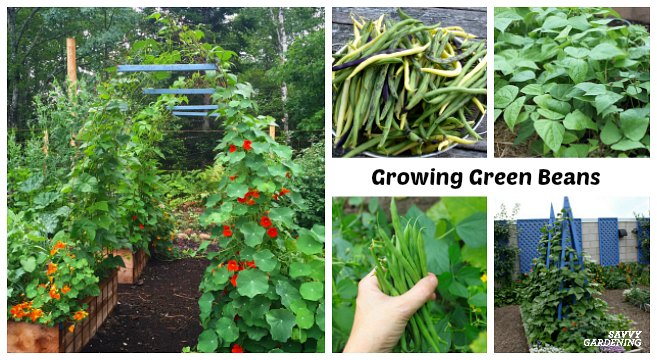 This makes them a highly efficient crop to grow, so make room for a couple of plants amongst your kitchen garden ideas.
This makes them a highly efficient crop to grow, so make room for a couple of plants amongst your kitchen garden ideas.
Sadly, runner beans have previously been marred by a reputation for being tough and stringy. But this only happens when pods are picked past their best.
The beauty of learning how to grow runner beans is that you can choose the best varieties and pick them at their peak, when they will be mouthwateringly tender. ‘The more you pick, the more the plant will produce,’ adds Clapp.
Great runner bean varieties to try are Polestar, Scarlet Emperor, Painted Lady and Moonlight.
How to grow runner beans from seed
The best way to grow runner beans is from seed, and then to add supports for the plants as they grow. ‘They are so easy to grow from seed that there is little point buying in plants unless you missed the sowing window,’ says Alex Mitchell in her book Crops in Tight Spots .
To grow runner beans from seed, you will need good, moisture-retentive soil.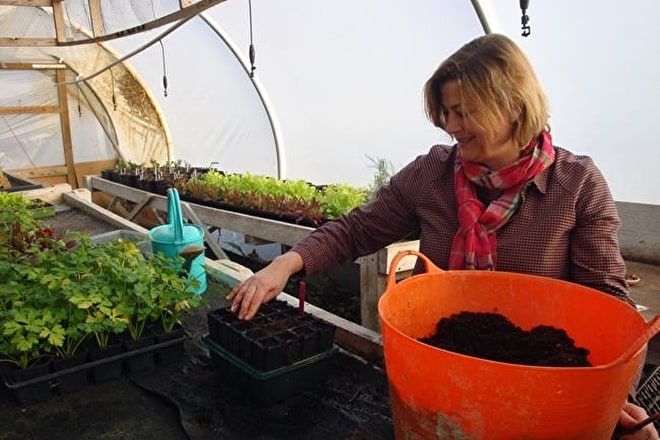 So before you start sowing, first prepare the ground by digging over and removing weeds and large stones.
So before you start sowing, first prepare the ground by digging over and removing weeds and large stones.
It's best to enrich the soil with compost or well-rotted manure, but don't add this just before planting as otherwise you'll get all foliage and few pods. Ideally add in the manure a couple of months ahead.
- Sow runner beans direct once the last frost has passed and the soil has begun to warm up.
- If starting off under cover, plant one seed per pot around an inch deep.
- Runner beans grow long roots, so use tall pots or root trainers , which will allow the seedlings to thrive.
- If planting outside, sow two seeds close together in case one fails. Thin out the weaker seeding after a couple of weeks.
- Space plants around 10 inches apart.
- Keep the soil moist, but not sodden or the seeds could rot.
- Germination should happen within two weeks.
- The plants will shoot up fast, so you will need to put support in place for them to grow – a runner bean wigwam is ideal, but there are a number of fantastic vegetable garden trellis ideas that will help you to maximize your harvest.

- Water the plants regularly and fertilize with liquid tomato feed every 2-3 weeks from flowering onwards.
- Apply water directly to the soil and avoid soaking the leaves, especially in warm weather.
(Image credit: Getty Images)
What month do you plant runner beans?
What month you should plant runner beans varies in different regions, but the simple rule is not to plant them outside until the risk of frost has passed.
In the Northern Hemisphere, the ground should be warm enough from late spring to sow direct. Alternatively you can start them off under cover from early April, and plant out around a month later. Harden them off for at least a week before planting.
You can succession sow runner beans until midsummer, to give you a crop into the fall. 'To avoid the problem of too much maturing all at once, sow little and often,' says gardening expert Matt James.
Growing runner beans in pots
If you're looking for ideas for a small vegetable garden, growing runner beans in pots or grow bags is a fantastic. Equally, if you are short on planting space and want to keep them on the patio, they make fabulous vegetable garden container ideas, too – they make an attractive feature, adding height and interest.
Equally, if you are short on planting space and want to keep them on the patio, they make fabulous vegetable garden container ideas, too – they make an attractive feature, adding height and interest.
'Dwarf runner beans (namely Hestia Dwarf) crop well in large tubs,' says James.
Runner beans are thirsty plants with long roots, so you will need a generous container or bag size – at least 5-6 gallons. With a pot of that capacity, you should be able to grow three or four plants, and include canes for support.
Choose a compost blend that's designed for vegetables, or make your own, mixing in plenty of garden compost and some well-rotted manure.
When growing runner beans in pots, you will need to keep on top of watering, as the soil can quickly dry out. Check daily to see if the soil is moist – the best way to check is to push your finger down past the knuckle to feel the lower levels, as the top layer will dry out more quickly.
Fertilize every two weeks from flowering, using liquid feed, to maximize your harvest.
(Image credit: Peter Chatterton)
Making a runner bean wigwam
For experienced growers, making runner bean wigwams is a yearly ritual. It's such a pleasure to watch the plants scramble up the supports, and varieties with scarlet red flowers make a particularly stunning feature.
To make your runner bean wigwam, simply insert four to five canes or sticks in the ground or container, equally spaced out. Gather them at the top and tie tightly together with garden string.
A wigwam can support a plant per cane, so position a plant near the base of each one. You will need to train the plants initially, but they should quickly take to the support.
If you'd prefer to grow your runner beans up a wall, then you can use trellis or wire supports. Thick, galvanised wire stretched between vine eyes is the most inexpensive and unobtrusive method,' says James. 'Space each horizontal line about 6-8in apart and tie-in early shoots with string – the plant should then climb unaided. '
'
(Image credit: Leigh Clapp)
When to harvest runner beans
You must learn the signs of when to harvest runner beans, in order to enjoy them when they are tender and tasty, rather than tough and stringy.
When to pick green beans such as runner beans will make a big difference to their taste and texture.
'Pick the beans before the seeds inside the pod start to show through,' says Mitchell. 'The bean should snap in half easily if you bend it – if it bends without breaking it’s already going to be too tough.'
As a rough guide, you should pick runner beans every couple of days, when they are between 4-8 inches long.
'Pick regularly throughout the growing season, otherwise plants put all their energy into producing seeds rather than pods,' says James.
It's worth knowing that the flowers of runner beans are also delicious, but the more flowers you eat, the less beans you'll get.
If you get tired of eating runner beans, then leave some on the plant to grow on. The beans inside the pods will fatten up and can be used as an alternative to butter beans. You can also dry the beans for winter use.
The beans inside the pods will fatten up and can be used as an alternative to butter beans. You can also dry the beans for winter use.
(Image credit: Getty Images)
Should I pinch out runner bean seedlings?
Pinching out runner bean seedlings will encourage them to grow more side shoots and to put their energy into producing pods rather than growing taller.
You can do this once the plants have reached the height that suits you best, but certainly before they outgrow their support.
How tall should I let my runner beans grow?
Runner beans can easily grow to 6 foot or more, so pinch them out before they get beyond a manageable height.
You also need to bear in mind the weight placed on the supporting trellis, as the plants will be heavy when laden with fruit.
(Image credit: Getty Images)
Do runner beans need a lot of sun?
Runner beans need sun for at least half of the day, but are happy in partial shade and do prefer a sheltered spot.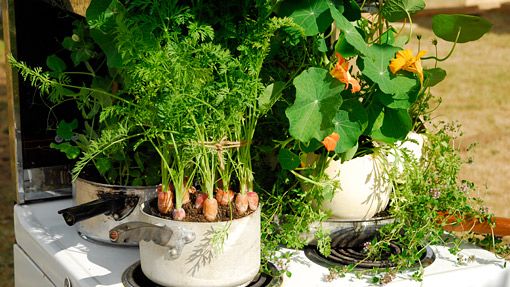 'The most important thing is that they’re not planted somewhere too windy, since this can shred the leaves,' says Mitchell.
'The most important thing is that they’re not planted somewhere too windy, since this can shred the leaves,' says Mitchell.
In very hot summers, runner bean production can struggle, so the plants will appreciate shade at the hottest part of the day. You also need to keep on top of watering, as it is crucial that the roots don't dry out. Mulching will help to retain moisture.
Runner bean problems
(Image credit: Getty Images)
When at seedling stage, the main problem with runner beans is slugs and snails, so protect the tender plants with cloches or pellets. Once they get past this stage, however, slugs and snails shouldn't be an issue.
Blackfly can be a problem with runner beans, so use companion planting techniques, such as growing marigolds to encourage ladybugs, which will feast on the flies. 'One prevention companion is borage, as the black fly will go to it rather than the beans,' adds Clapp.
You can also remove the flies by rubbing them off with your fingers, carefully hose them off, or spray with water containing a weak concentration of washing-up liquid, which will kill them.
Although runner beans are usually reliable croppers, occasionally they can fail to set pods. 'The main causes are lack of water at the roots, infertile or very acid soil, frost damage, very hot weather, and the absence of pollinating insects due to windy, wet weather,' says James.
Encourage pollination by positioning flowering plants close by. Growing sweet peas alongside runner beans is a lovely pairing.
As editor of Period Living, Britain's best-selling period homes magazine, Melanie loves the charm of older properties. I live in a rural village just outside the Cotswolds in England, so am lucky to be surrounded by beautiful homes and countryside, where I enjoy exploring. Having worked in the industry for almost two decades, Melanie is interested in all aspects of homes and gardens. Her previous roles include working on Real Homes and Homebuilding & Renovating, and she has also contributed to Gardening Etc. She has an English degree and has also studied interior design.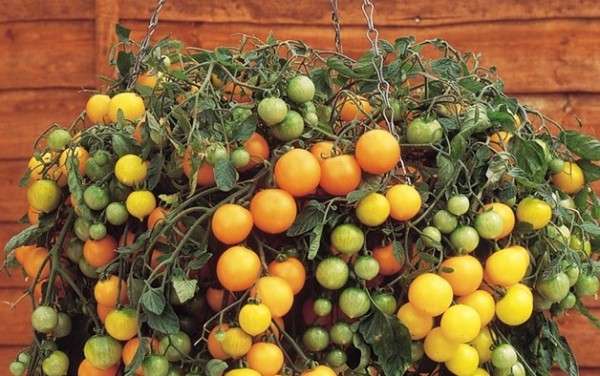 Melanie frequently writes for Homes & Gardens about property restoration and gardening.
Melanie frequently writes for Homes & Gardens about property restoration and gardening.
How to grow green beans on a balcony
Green beans or green beans , unlike ordinary ones, are valuable for their pods, not grains. Her used for cooking soups, vegetable stews, as an independent garnish for meat. Is it possible to grow this vegetable on the balcony? Really - such a bean quite unpretentious, well fructifies in a limited space.
• This crop is divided into climbing and bush varieties. First form a rather powerful whip with a massive root system, which is not always comfortable on the balcony. Therefore, for a limited space, it is better to choose bush varieties whose height does not exceed 40 cm.
• String beans grow quickly so they can be planted from the end of winter to the middle of summer.
• Optimal day length for beans - 12 hours. Therefore, the white nights of the northern regions can worsen the set fruits. In this case, it is worth shading it at night.
• Seeds can be germinated in damp conditions before planting. vermiculite, sawdust, between two cotton pads. Or soak overnight in water which will speed up germination. nine0005
• If commercial seeds are treated with some compound, no need to soak or germinate them. In this case, plant directly in earth.
• Plant seeds in light nutrient soil to a depth of at least 4-5 cm. Distance between plantings - at least 15 cm.
• It is optimal to plant beans in individual pots of 2.5-3 liters with sufficient depth. Or in spacious boxes in rows.
• The plant germinates within 3-5 days. sprouts large, powerful and fast growing. In a month, the first ones may appear on the bushes. flowers. nine0005
• Self-pollinating plant. Shake bushes, attract bees or no further manipulations are required.
• Beans need hilling as they grow (in containerized conditions - pour land). This should be taken into account when landing and leave space at the top of the pot.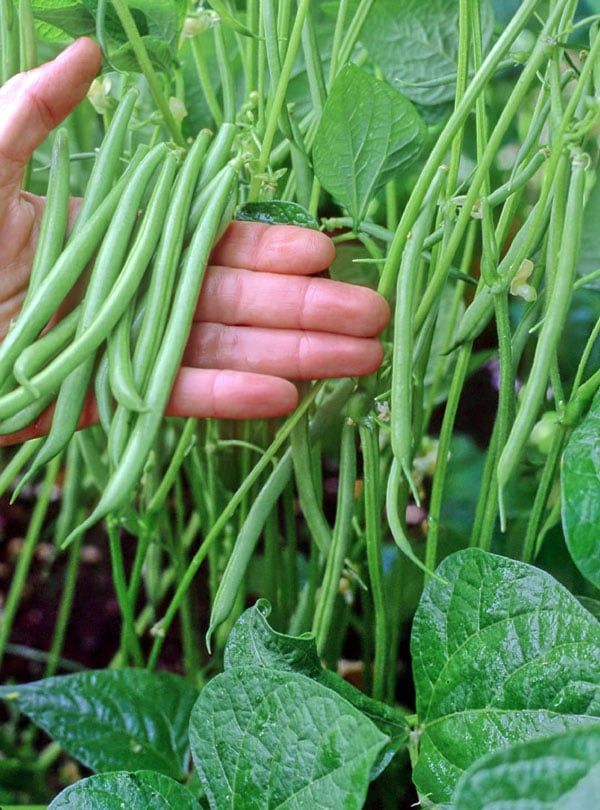
• Bush bean stalk usually firm but abundant fruits may require garters.
• Beans should be fed in balcony conditions once every 10-14 days. Fertilizers with a predominance of phosphorus and potassium are preferable. nine0005
• Water with soft settled water at room temperature. Do it better in the morning.
• What beans don't like is heat. To combat this phenomenon you should regularly ventilate the room where the landings are located (but do not put draft), shade from direct sunlight.
• Also, the plant does not like the bay. Therefore, water moderately, only when the soil dries out.
• The optimal location for the beans is a balcony or window, facing east or west. On the south side, the plant should be shaded and keep him cool. nine0005
• Pods are removed as they mature, without waiting coarsening. Depending on the variety, the length can reach 10-20 cm.
...and also leguminous beans fold their leaves very nicely at night, straightening them at dawn.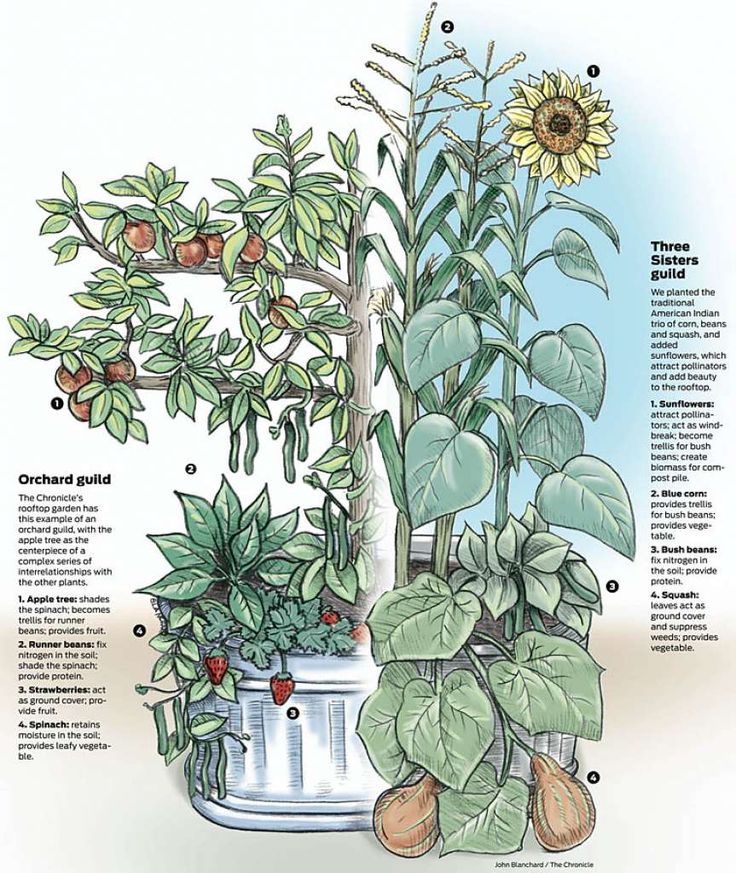 Due to its attractive appearance, unpretentiousness and high growth rate Watching her is a pleasure!
Due to its attractive appearance, unpretentiousness and high growth rate Watching her is a pleasure!
Similar articles
Growing plants from seeds TM Sunny March
You can grow vegetables and flowers from seeds. How to do it? Growing plants from seeds is a great way to get a large number of plants at a low cost. Thus, you can grow not only vegetables, but also flowers.
Tags: Seeds, wholesale seeds, buy seeds at retail, seeds by mail buy seeds, buy seeds cues, buy seeds Kharkiv, buy seeds odessa, buy vegetable seeds, buy seeds nine0005
How to grow beans at home, sprouting seedlings, plant care features
If you don't have a plot or it's small, there isn't enough space in the beds for all your favorite crops - it doesn't matter.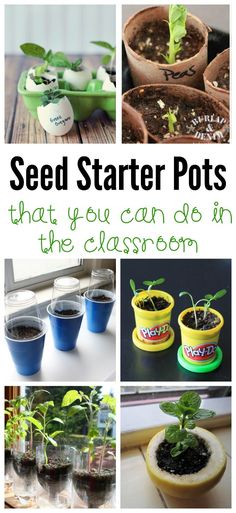 There are vegetables that can be grown on the balcony and even on the windowsill. One of them is beans. The flowers of this plant are self-pollinating, that is, the help of insects or artificial pollination is not required. The root system is not too powerful, an ordinary flower pot is enough for one bush. It is enough just to sow and create the conditions necessary for the beans in order to harvest the first crop in 50–60 days. nine0005
There are vegetables that can be grown on the balcony and even on the windowsill. One of them is beans. The flowers of this plant are self-pollinating, that is, the help of insects or artificial pollination is not required. The root system is not too powerful, an ordinary flower pot is enough for one bush. It is enough just to sow and create the conditions necessary for the beans in order to harvest the first crop in 50–60 days. nine0005
Content
-
1 Is it possible to create conditions suitable for beans
-
1.1 Video: Experience of growing beans on the balcony
-
-
2 Selection of varieties
-
3 DIFRACTIONS 3 DIRECTIONS OF THE OF THE ORDER AN balcony
-
3.1 Video: the result of sowing beans in October
-
-
0005
5 Seed preparation and sowing
6 Optimal light mode
-
6.1 Video: How to place a phytolamp
7 Care for the beans at home
9004 9002.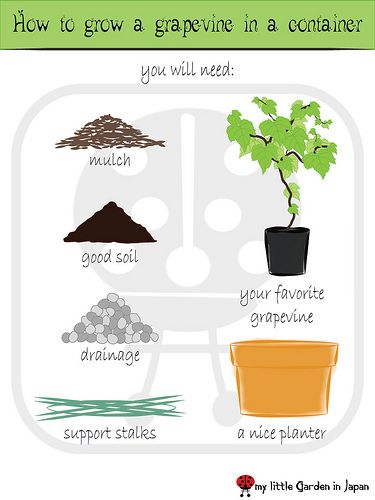 1 how beans grow on the windowsill
1 how beans grow on the windowsill Is it possible to create conditions suitable for beans at home? The favorite plant for decorating the balcony was the climbing bean, which bloomed with fiery red flowers. It was sown in standard balcony boxes about 20 cm deep and wide and up to 50 cm long. 10 beans were placed in two such boxes. It was back in Soviet times, so they didn’t know about any ready-made soils from the store. They collected earth in the yard from a pile brought for flower beds. They didn’t change it in boxes for years, didn’t feed or fertilize it with anything. nine0005
Red-flowered beans grow well on the balcony, they do not need a large amount of land and special care. All stems were covered with flowers, and then with pods. It was normal for me back then. But today I wonder how this heat-loving culture could grow in such Spartan conditions. Perhaps, indeed, all of its species are so unpretentious that they can grow not only in the garden, but also on the balcony, and even on the windowsill.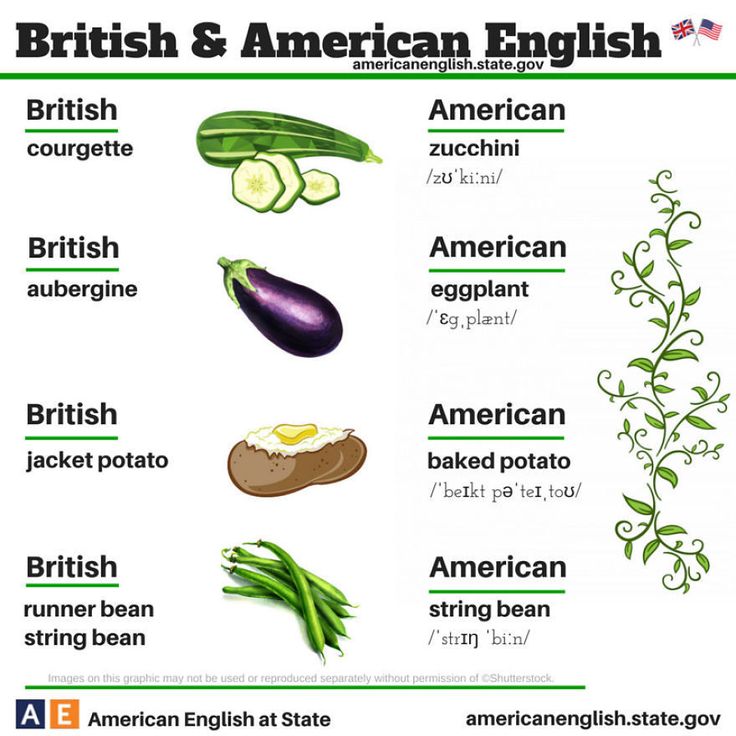 nine0005
nine0005
Video: experience of growing beans on a balcony
Optimal conditions for the development of beans:
- The soil is sandy or loamy, warmed up to +12… +15 ⁰C.
- Air temperature: +20… +25 ⁰C.
- Lighting - intense solar.
- The length of the day before fruiting is 10–12 hours.
The last point needs clarification, understanding and applying which you can get maximum bean yields anywhere. Culture refers to plants of short daylight hours. nine0148 For the laying of generative organs, that is, flower buds, 10-12-hour lighting is necessary. If you provide your plants with just such a long day from the moment of germination to the beginning of flowering, you will get earlier and more abundant fruiting. During the period when the beans are already making you happy with the harvest, this parameter does not really matter.
During the period when the beans are already making you happy with the harvest, this parameter does not really matter.
From germination to flowering, beans should preferably be kept at 10-12 hours of daylight, the lighting should be intense
Choice of variety
It is believed that bush varieties of asparagus beans bear fruit as well as possible in an apartment. Choose the most early and fruitful:
- Shahinya,
- Caramel,
- Belozernaya,
- Household.
Asparagus beans are low in calories (40 calories per 100 g of product), contain vitamins C and B, as well as carotene and zinc.
Climbing beans will create shade with their vines, so buy ones that aren't too climbing. After all, there is not so much space in the room and on the balcony as in the open area. nine0005
There are varieties whose stems do not grow longer than 2-3 meters:
- Violetta,
- Krapinka,
- Rumba.
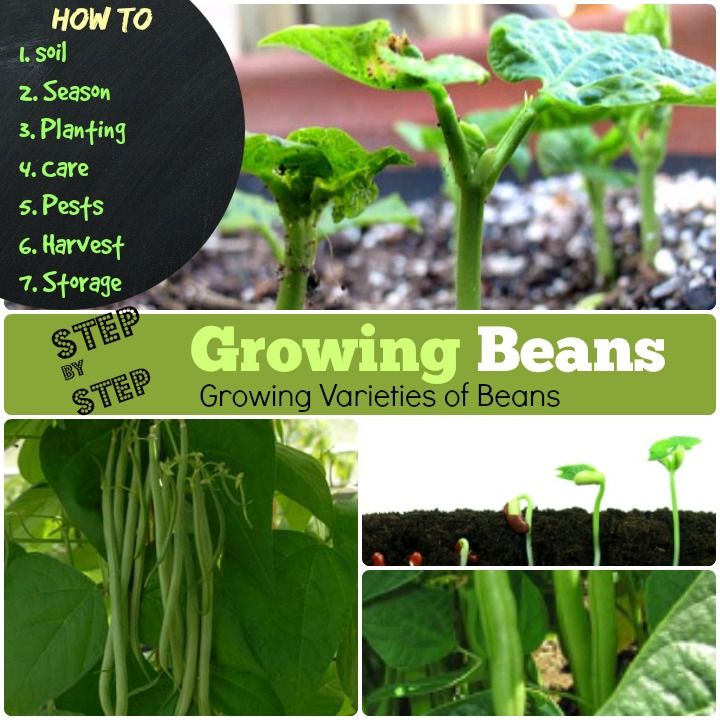
But even tall creepers can be pinched at the height you need. This procedure is absolutely safe, moreover, it will speed up fruiting.
There is an opinion that bush beans grow best indoors
If you decide to grow beans at home and want to get a positive result the first time, then buy several varieties and sow 2-3 seeds of each. nine0149 So you will understand by experience which beans are best for you.
Sowing date when growing on a windowsill and balcony
The length of the day required for growing beans is observed from about mid-February to mid-March. This means that for growing on a windowsill, seeds can be soaked as early as February. It is still cold on the balcony at this time, postpone sowing until mid-May, and if it is not glazed, then until the end of May. Beans are afraid of frost.
Video: the result of sowing beans in October
You can combine two cultivation options:
- Grow seedlings on the windowsill, and when the weather warms up, take the pots to the balcony. Sow beans for seedlings a month before the period when there are no more sub-zero temperatures in your area at night.
- Sow early varieties in February, grow on a windowsill. In April - May, the crop will ripen. Collect it, remove old plants, replace the soil and start growing a second crop already on the balcony. nine0046
Container and soil for beans
Beans grow from large seeds and very quickly, so sow them immediately in a permanent container, grow without picks. Each plant will require a minimum of 3-5 liters of soil. Can be planted in a common box or individual pots at least 20 cm deep. In a cramped container, you will need to water and feed the bushes often, but they will still grow weak and barren.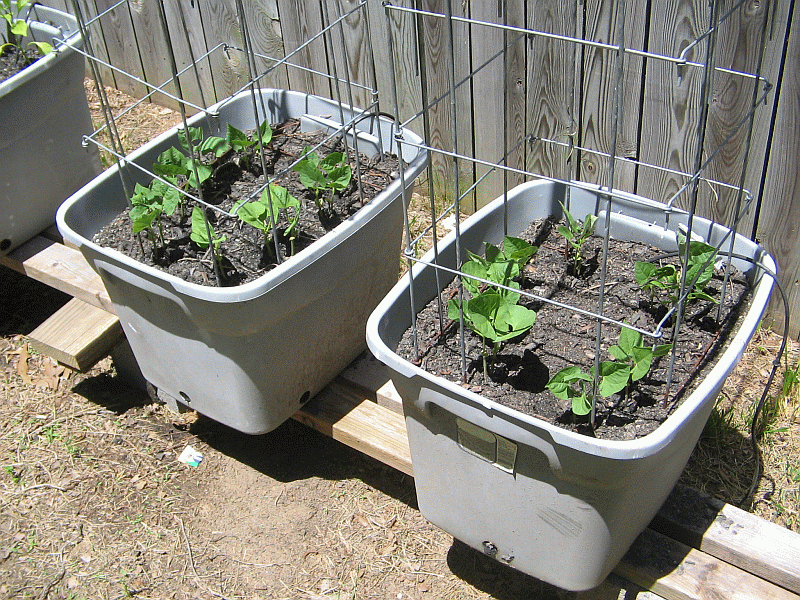
Thickened plantings of beans need to be watered and fed more often
Pots and boxes must have drainage holes. If they are not there, pour expanded clay on the bottom with a layer of 2–3 cm. You can buy soil at the store. Suitable universal for seedlings of vegetable crops. If desired, make up your soil mix:
- 1 part soddy soil;
- 1 part humus;
- Add a glass of wood ash to a bucket of mixture.
Video: how to prepare the soil mixture
Seed preparation and sowing
Pre-sowing treatment of bean seeds consists of the following steps:
- Soak bean seeds overnight in room temperature water. Growth stimulants can be added:
- Then take them out of the water and wrap them in a damp cloth.
- Keep in a warm room (+25 ⁰C) until germination.
 Unwrap every day and check for sprouts.
Unwrap every day and check for sprouts. - As soon as sprouts appear, immediately start sowing, do not let the roots grow and stretch.
Do not overexpose the seeds to germinate, sow as soon as small rudimentary roots appear
Seeds of even the same variety do not germinate at the same time. Therefore, when growing without picks, it is better to choose an individual container and sow each seed in its own pot and on the day it sprouted, without waiting for the others to germinate.
Sowing beans:
- Fill the container with soil, leaving 5–6 cm to the brim.
- Water well. If the soil mixture has sagged, add to the desired level and water again.
- Arrange the germinated seeds: one per pot or 15–20 cm apart in a box. nine0148 The spines must point downwards.
When planting, the seed should be positioned so that the root is pointing down
- Cover the top with earth in a layer of 3-4 cm and lightly compact it.
 Watering is no longer needed.
Watering is no longer needed. - Cover with foil or glass.
- Keep in a warm place until emergence.
Optimal light conditions
Beans like bright sun, but not for long periods of time. If you grow on a windowsill in winter, then place the plants on the southern, sunniest and warmest window. On cloudy days, as well as on windows of a different orientation, illuminate with a phytolamp. In late spring and summer, keep seedlings in an east or west window to create the effect of a short day. nine0005
Video: how to place a phytolamp correctly
To get the maximum yield in summer, try to artificially reduce the daylight hours for young still growing bushes: from 20.00 to 8.00 cover them with opaque materials. Conduct an experiment: grow part of the bushes of the same variety with the same care with a short day, the rest - in natural sunlight. Compare the results and draw conclusions: is the difference in yield worth the additional labor costs. nine0005
Conduct an experiment: grow part of the bushes of the same variety with the same care with a short day, the rest - in natural sunlight. Compare the results and draw conclusions: is the difference in yield worth the additional labor costs. nine0005
Caring for beans at home
If beans can find moisture and nutrition on their own in an open area, for example, get everything they need from different soil layers, “get drunk” with rain, then in a pot or box it completely depends on you. A small amount of land dries out quickly, especially if the beans are on the balcony, in the open air. Nutrients that are available in the ground at the time of planting run out quickly.
Water the beans when the topsoil dries out. On the balcony, be guided by the weather. On hot days, two waterings per day may be necessary. nine0148 Protect from heavy rains, prevent the risk of soil being washed out of pots and standing water at the roots. To do this, place the boxes of beans inside the balcony so that they are under the roof.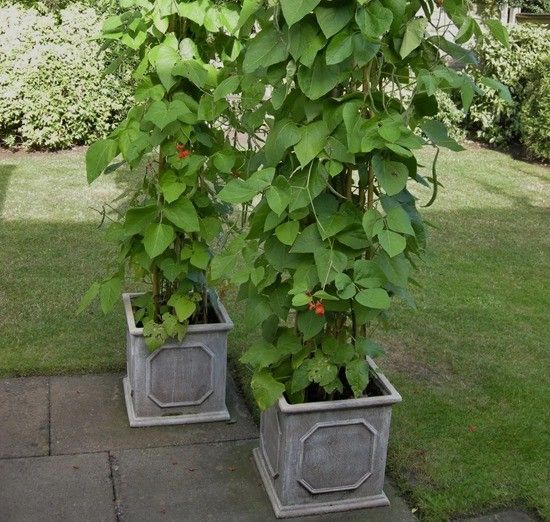
Beans in an open box need to be watered more often
Give the first top dressing when the true leaves appear. Then repeat them every 2 weeks. In the growth stage, nitrogen fertilizers are needed. However, the use of infusions of mullein, droppings and weeds is unacceptable for the home. An unpleasant smell can attract flies and provoke conflict with neighbors. It is also undesirable to feed beans with mineral fertilizers. You can periodically add humus with a layer of 1-2 cm and mix with the soil. nine0005
I recommend feeding with horse manure extract from the moment the first leaves appear until flowering. It has no smell. Last summer I was puzzled by the search for this fertilizer for my garden. Our house with a plot is located on the outskirts of a large city, so finding real horse manure is a problem. I asked my husband to take me to the equestrian club. He found a simpler solution - he brought me to Leroy Merlin and showed me a bottle of horse manure extract. Bought one to try.
Bought one to try.
Horse manure extract - odorless natural fertilizer, excellent for plant nutrition on windowsills and balconies
At home, she opened it and began to smell it intensively to check the authenticity. But there was no smell at all. I didn’t want to believe that they bought a fake, so I began to search the Internet for reviews about this fertilizer. It turned out that I was incredibly lucky. Horse manure extract is sought after by many lovers of indoor floriculture. Perhaps this is one of the few organic fertilizers that is suitable for indoor use due to the lack of smell.
From the moment the buds appear until the end of the growing season, replace nitrogen fertilizers with potash fertilizers with the addition of trace elements. nine0149 Wood ash is ideal. Powder it on the ground under the plants (1-2 tablespoons), loosen and water. If the bean bushes are unstable, tie them to pegs. For climbing varieties, build trellises using twine, plastic netting, decorative supports for indoor vines, etc.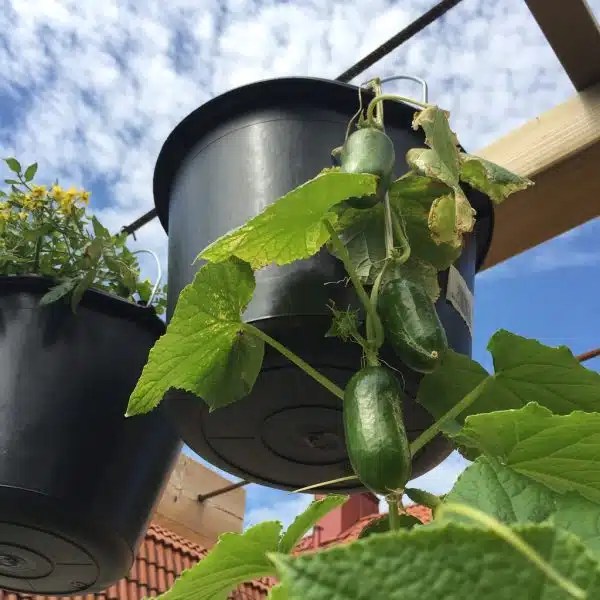
Video: how beans grow on the windowsill
Asparagus beans can be harvested 2 weeks after flowering ends. Harvest the still tender and juicy pods. And on grain varieties, the beans need to be allowed to ripen. The lower pods are the first to sing, while their valves become hard and yellow. Harvest beans as they ripen, do not let ready-to-pick fruits hang too much time on the bushes. The sooner you pick them, the faster the next ones will grow and ripen. nine0005
Beans are an unpretentious plant that even a child can grow at home. Bushes are able to develop even in tight containers and in poor lighting. But if you try and create the appropriate conditions for this crop, you will get a harvest no less rich than when grown in open ground.

